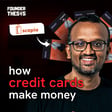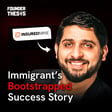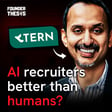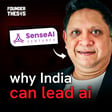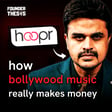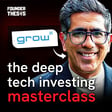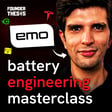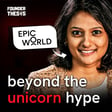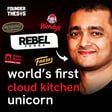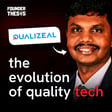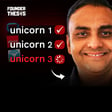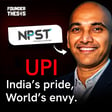
Ayurveda's Modern Makeover | Ameve Sharma @ Kapiva
As busy as it can get, health, in these times, has taken a back seat. We often fail to consume a proper diet which leads to numerous deficiencies.
Founder Thesis brings you the journey of one such founder who has made it his mission to make Ayurveda an integral part of the day-to-day life of the modern consumer.
In a candid conversation with Akshay Datt, Ameve Sharma, Co-founder, Kapiva, has taken us through his journey. Ameve has previously worked with McKinsey across various projects before setting off his entrepreneurial journey.
A third-generation entrepreneur of the 104-year-old Baidyanath, Ameve started Kapiva in 2016 with Shrey Badhani, intending to bring the wisdom of India’s ancient food traditions to its modern-day consumers. And today, Kapiva has scaled into a 100cr brand in the D2C segment.
Tune in to this episode to hear Ameve speak about how Kapiva is disrupting the health and wellness industry by presenting the benefits of Ayurveda in contemporary and convenient formats.
What you must not miss!
- The learnings from consulting and how can they be applied in a start-up.
- Why is it important to understand the consumers?
- Why must founders create a data infrastructure? How can this help in taking decisions?
- Why is it paramount to build a fantastic customer service team?
